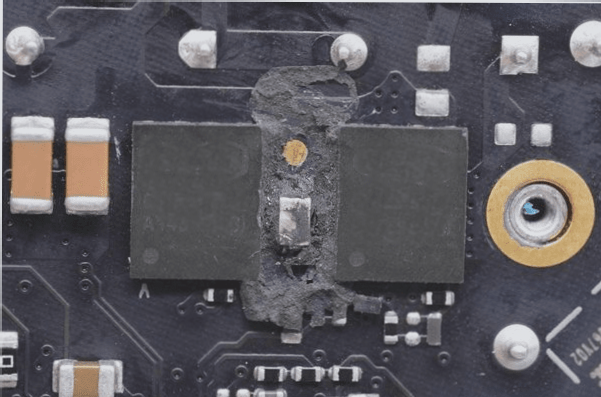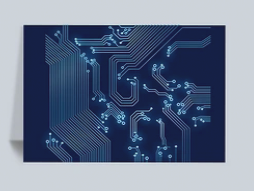It’s a new year—do you have a fresh design prototype ready for PCBA assembly? Perhaps this year you’re even more committed to bringing your hardware design to mass production, yet completing this process for the first time can still be challenging! In this article, I will share eight essential considerations before embarking on PCB design for mass production.
1. Evaluate the design scale before selecting components
Which factors are most crucial: board size, cost, or design time? Larger boards are generally easier to design, but they come with higher production costs. Conversely, smaller boards may be less expensive to manufacture, but they can drive up costs due to the need for more layers and may take longer to design.
2. Component size and cost
Regarding passive components, sizes around 0603 offer the best balance of cost-effectiveness and ease of handling. While we can work with 0201 components, not all manufacturers are equipped for them. Additionally, 0603 components lend themselves well to rework, and manual soldering poses no significant issues.

3. Check for the latest components.
Recently, some components are only available in BGA or QFN packages with very small specifications. Verify your integrated circuit to ensure it meets your usual specifications.
Eight considerations before mass production of printed circuit boards.
4. Confirm the availability of rare components.
If your design prototype is nearly complete but you’re waiting on a specific part, this can be quite troublesome. If your design relies on rare components, explore alternatives that offer similar functionalities and are easier to source.
5. Address temperature issues during circuit board production.
The placement of large components alongside smaller ones can lead to challenges. Large components act like heat sinks, potentially causing solder for smaller components to not melt properly during the soldering process. This issue may also arise if the internal copper layer of the circuit board only partially covers the small components.
6. Clearly label the name and polarity of components.
The labeling of component names must be very clear, and polarity indicators should be unambiguous. Exercise particular caution with LEDs, as manufacturers may swap polarity symbols. For some LEDs, a positive symbol could indicate a negative connection elsewhere. Additionally, avoid labeling near vias or areas that may be subject to wear.
7. Double-check the production files before submission.
Confirm that the version of the design files being sent is correct. The bill of materials could be affected by outdated data, which may lead to delays.
8. If submitting in kit form, verify the completeness of components.
Review the kits to ensure that each contains properly marked PCB component numbers and names.
The production process essentially involves placing numerous components on the board. While it may seem straightforward, there are many variables to consider. By following some verification steps, you can significantly reduce the error rate!
—
Let me know if you need any further adjustments!
1. Evaluate the design scale before selecting components
Which factors are most crucial: board size, cost, or design time? Larger boards are generally easier to design, but they come with higher production costs. Conversely, smaller boards may be less expensive to manufacture, but they can drive up costs due to the need for more layers and may take longer to design.
2. Component size and cost
Regarding passive components, sizes around 0603 offer the best balance of cost-effectiveness and ease of handling. While we can work with 0201 components, not all manufacturers are equipped for them. Additionally, 0603 components lend themselves well to rework, and manual soldering poses no significant issues.

3. Check for the latest components.
Recently, some components are only available in BGA or QFN packages with very small specifications. Verify your integrated circuit to ensure it meets your usual specifications.
Eight considerations before mass production of printed circuit boards.
4. Confirm the availability of rare components.
If your design prototype is nearly complete but you’re waiting on a specific part, this can be quite troublesome. If your design relies on rare components, explore alternatives that offer similar functionalities and are easier to source.
5. Address temperature issues during circuit board production.
The placement of large components alongside smaller ones can lead to challenges. Large components act like heat sinks, potentially causing solder for smaller components to not melt properly during the soldering process. This issue may also arise if the internal copper layer of the circuit board only partially covers the small components.
6. Clearly label the name and polarity of components.
The labeling of component names must be very clear, and polarity indicators should be unambiguous. Exercise particular caution with LEDs, as manufacturers may swap polarity symbols. For some LEDs, a positive symbol could indicate a negative connection elsewhere. Additionally, avoid labeling near vias or areas that may be subject to wear.
7. Double-check the production files before submission.
Confirm that the version of the design files being sent is correct. The bill of materials could be affected by outdated data, which may lead to delays.
8. If submitting in kit form, verify the completeness of components.
Review the kits to ensure that each contains properly marked PCB component numbers and names.
The production process essentially involves placing numerous components on the board. While it may seem straightforward, there are many variables to consider. By following some verification steps, you can significantly reduce the error rate!
—
Let me know if you need any further adjustments!




